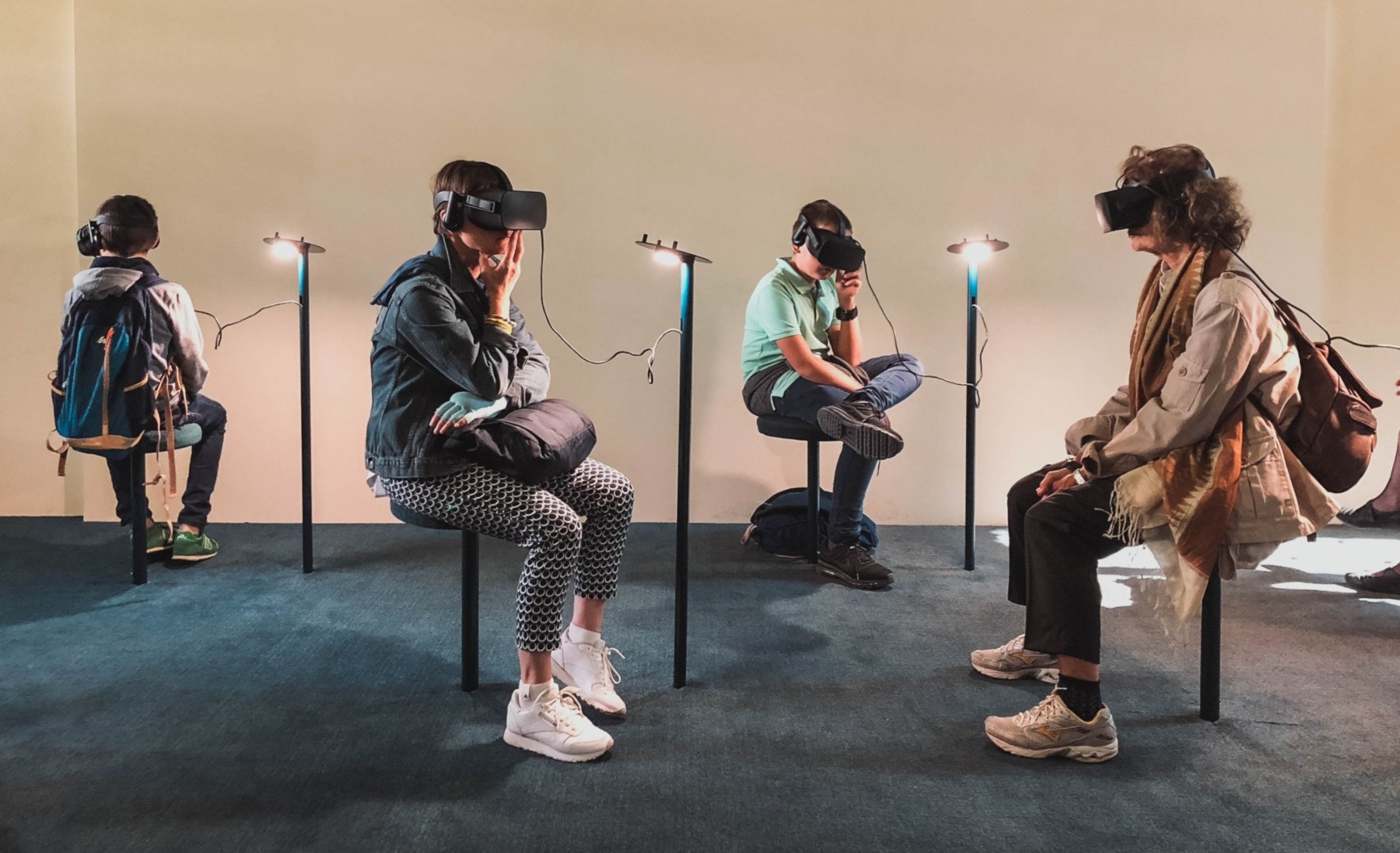EDUC-8842-2-Principles of Distance Education: Module 1:
I remain a believer in the vocation of Distance Education in unlocking a better and brighter tomorrow by opening the road to teaching and learning locally and globally. The era of having to travel very long distances, to endure incalculable miseries, to be denied the privilege to acquire specific skills, and to pursue a given academic program due to travel restrictions, time constrains, and other limitations is getting closer to its end.
Simonson (2008), in Principles of Distance Education, defines Distance Education as the blended outcome of distance teaching and distance learning in the context of institutionally based formal education where the learning groups, teachers, learners, and resources are separated by geography, time, and intellect and link through technological resources. In the same video presentation, Doctor Simonson differentiates Distance Education from what he calls “self-study at a distance” where “basically all kinds of skills can be learned at a distance”.
The geographical separation of teacher, learners, and the technological means which link them together for the purpose of teaching and learning constitute the essence of Distance Education. Simonson (2008) further argues that Distance Education which will continue to experience “exponential growth” in an evolutionary fashion across the board into K-12, Higher Education, Professional Education, and Training.
In an effort to establish the difference between Distance Education and Face to Face Education, Doctor Simonson proposes the equivalency theory and illustrates his approach with guidelines to follow in designing Distance Learning. Effective design of online courses should enable learners to achieve identical or similar learning outcomes as in face to face environments (Simonson, 2008).
Along the same lines, Moller, Foshay, and Huett (2008, May/June), Moller, Foshay, and Huett (2008, July/August), and Huett, Moller, Foshay, and Coleman (2008, September/October) offer three significant articles on “The Evolution of Distance Education” from the perspectives of the “Implications of Instructional Design on the Potential of the Web”. The first paper addresses the key trends in training and the challenges faced by Instructional Designers in meeting the objectives of sound online education principles capable to promote and nurture collaboration and communication between learners and with the instructor.
The second article is focused on Higher Education, argues for training, salary, and tenure on behalf of teachers, and denounces the “craft approach” which consists of the strategy where “an individual teacher fully designs and develops the course and the related materials based on what has worked for him or her in the traditional classroom” and puts it on the web”. The last article is committed to K-12 Education from an evolutionary perspective while challenging instructional design and technology “to stand and deliver”.
Like Simonson (2008) all three articles acknowledge the growth of online Distance Education, the need for standardization and evolution with the new generation, and the actual Instructional Design challenges which permeate the field of Distance Education. I am in agreement with the shortcomings of the current state and quality of instructional design products currently available in the market as identified by these sources. In this regard, I strongly agree with Simonson (2008) on the distinction between distance learning and learning from a distance.
It is on these grounds I see Distance Education as the Teaching and Learning Venue to Tomorrow. The beauty of the future with Distance Education resides in the diversity of learning opportunities as supported by a blog from the International Society for Technology in Education (ISTE) under the title “Cross Cultural Online Course Development: Teaching and Learning Chinese in a Web-based Program” (retrieved from http://blog.iste.org/cross-cultural-online-course-development-teaching-and-learning-chinese-in-a-web-based-program/ ).
Among other things the author posits “We are charged with creating some of the first online course modules for course instruction which will cover content areas like journalism, Chinese medicine and math and engineering”. In this regard, the concept of Massive Open Online Course or MOOC where universities are offering free online courses to the global community spells an even more promising future for teaching and learning in the digital age as emphasized in a blog by Jason T. Hudnut at http://www.hapaziz.wordpress.com/2013/03/22/the-mooc-that-fits-will-be-the-mooc-that-survives .
References:
Moller, L., Foshay, W., & Huett, J. (2008, May/June). The evolution of distance education: Implications for instructional design on the potential of the Web (Part 1: Training and Development). TechTrends, 52(3), 70–75.
Moller, L., Foshay, W., & Huett, J. (2008, July/August). The evolution of distance education: Implications for instructional design on the potential of the Web (Part 2: Higher Education). TechTrends, 52(4),66–70.
Huett, J., Moller, L., Foshay, W. & Coleman, C. (2008, September/October). The evolution of distance education: Implications for instructional design on the potential of the Web (Part 3: K12). TechTrends, 52(5),63–67.
My feedback and comments on this module can be checked at: http://emmi143.blogspot.com and http://teachinglearningatadistance.blogspot.com
